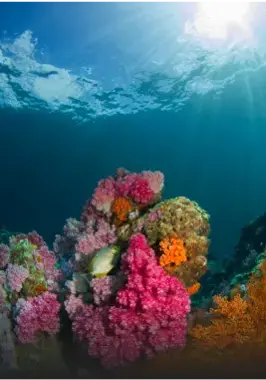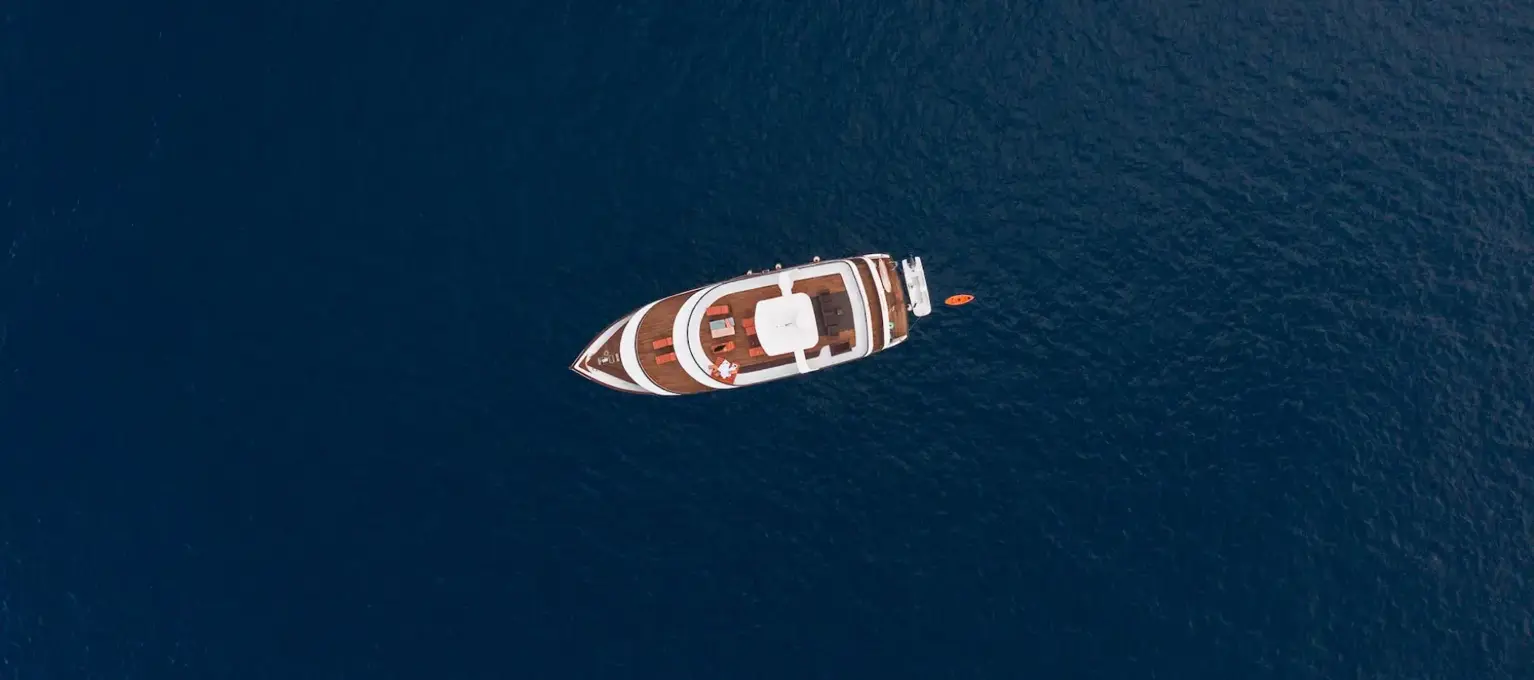Nothern Wrecks & Tiran
The Straits of Tiran is a popular diving destination located in the Red Sea, off the coast of Egypt. It's known for its crystal-clear waters, diverse marine life and beautiful dive sites.
Here's what you need to know about diving in the Straits of Tiran. The Straits of Tiran are home to several dive sites including Jackson Reef, Woodhouse Reef, Thomas Reef and Gordon Reef. These sites are known for their impressive coral formations, vibrant marine life. The coral formations are made up of a variety of hard and soft corals including brain coral, stag-horn coral and gorgonian sea fans.
The time, sites and ports are subject to change at any time without prior notice due to weather conditions or other factors
The Program
All dives + activities are conducted accordingly to weather conditions and experience!
Day 1
Day1
- Arrival
- arrival and check in from 5pm, boat briefing
- safety instructions, dinner
- First night onboard in the New Marina
Day 2
Day2
- Departure from the Marina
- departure around 8 A.m., 2 check dives possible night dive
Day 3
Day3
- Abu Nuhas and Straits of Tiran I 2 dives in Abu Nuhas and sailing to Straits of Tiran
Day 4
Day4
- Departure from the Marina
- departure around 8 A.m., 2 check dives possible night dive.
SS Thistlegorm
18-35 M What you can expect to find
The SS Thistlegorm is a remarkable wreck dive that offers a glimpse into the history of World War II. This British cargo ship was carrying a variety of military equipment, such as tanks, trucks, motorcycles, rifles, and even locomotives, when it was attacked by German bombers in 1941 and sunk in the Red Sea. The wreck lies at a depth of 14 to 30 meters, and is well preserved by the clear and warm water. Divers can explore the exterior and interior of the ship, and marvel at the intact artifacts that are still visible after more than 80 years. The SS Thistlegorm is also home to a rich marine life, including lionfish, barracuda, shrimp, and sometimes even dolphins and turtles. The SS Thistlegorm is one of the most famous and popular dive sites in the world, and attracts thousands of divers every year. It is recommended to dive the wreck as part of a liveaboard trip, as it can take several hours to reach the site from the shore.
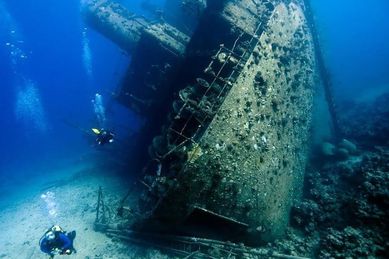
Chrisoula K
4-27 M Chrisoula K
The Chrisoula K is a popular wreck dive site in the Red Sea, located on the north-eastern side of Abu Nuhas reef. The ship was a Greek cargo vessel that sank in 1981 after hitting the reef while carrying a load of over 3,000 tonnes of Italian floor tiles. The tiles gave the ship its nickname, the “Tile Wreck”. The ship was 98 meters long and 15 meters wide, and had a single diesel engine that gave it a maximum speed of 13.5 knots. The wreck lies in a fairly upright position at the base of the reef, with the bow embedded in the coral and the stern keeled over almost completely onto its starboard side. The depth ranges from 4 meters at the bow to 30 meters at the stern. The visibility is usually good and the current is mild. The wreck offers a variety of diving experiences, from exploring the exterior and admiring the marine life, to penetrating the interior and seeing the engine room, the cargo holds, and the tiles.
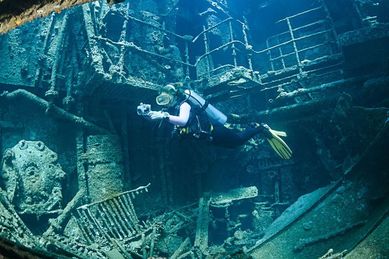
Giannis D
4-28 M Giannis D
The Giannis D is a popular wreck diving site in the Red Sea, located near the reef of Abu Nuhas. The ship was a cargo vessel that ran aground on the reef in 1983 and broke into two sections. The bow and the stern are still intact, while the middle part is a jumble of steel and wood. The wreck lies on its port side, with the depth ranging from 10 to 28 meters. Divers can explore the bridge, the engine room, and the accommodation areas of the ship, but they should be careful of the disorienting angle and the possible currents. The Giannis D is home to a variety of marine life, such as moray eels, lionfish, scorpionfish, batfish, and barracuda. The wreck is also very photogenic, especially the stern section with its A-frame and funnel. The Giannis D can be reached by day boats from El Gouna or Hurghada, or by liveaboards touring the northern Red Sea. The dive site is suitable for advanced divers who have experience in wreck diving.
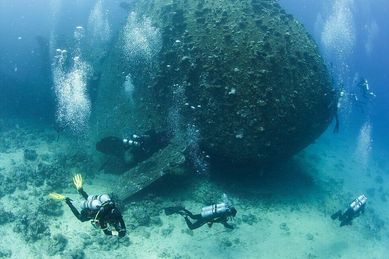
Salem Express
12-30 M Salem Express
Die Salem Express ist ein Tauchplatz, der einen Einblick in eine tragische maritime Geschichte bietet. Die Salem Express war eine Fähre, die Pilger von Saudi-Arabien nach Ägypten beförderte, nachdem sie Mekka besucht hatten. Am 17. Dezember 1991 prallte die Fähre auf ein Riff und sank schnell, wobei Hunderte von Menschen ums Leben kamen. Die genaue Zahl der Opfer ist nicht bekannt, aber die Schätzungen reichen von 470 bis 1000. Das Wrack liegt auf der Steuerbordseite in der Nähe des Hyndman-Riffs in einer Tiefe von 12 bis 30 Metern. Die Salem Express ist ein großes Wrack mit einer Länge von 100 Metern, für dessen Erkundung mindestens zwei Tauchgänge erforderlich sind. Im Wrack befinden sich noch Autos, Gepäck und persönliche Gegenstände der Passagiere, was den Tauchgang sehr emotional und respektvoll macht. Das Eindringen in das Innere des Wracks ist verboten, da es als maritime Grabstätte gilt. Es gibt nur wenig Korallenbewuchs und Meeresleben am Wrack, abgesehen von einigen Zackenbarschen, Doktorfischen und Krokodilfischen.
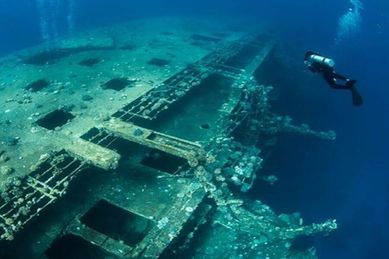
Gotat Abu Galawa
9 -16 M Glass fish, Big groupers and Angels fish
Reef with a sandy bottom from a side and rocks ( Corals Pinnacles ) mountains from the other.
You can find some ergs outside the reef.
_b5f45_s_a63ea_lg.jpg)
Shaab Sabina
6 -14 M Hard and soft coral
Ben El Gebal means “between the mountains” in Arabic. Situated between the Big and the Small Giftun you can explore 4 famous dive spots named: Shaab Sabina, Shaab Torfa, Banana reef and Erg Sabina.
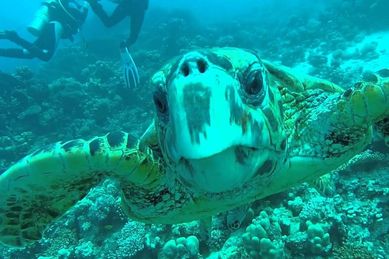
Ras Mohammed
15-40 M What you can expect to find
Ras Mohamed Reef is a coral reef system that is part of the Ras Mohamed National Park, a protected area in Egypt at the southern tip of the Sinai Peninsula. The reef is home to a rich diversity of marine life, including over 1,000 species of fish and hundreds of species of coral.
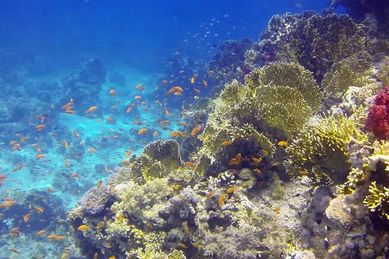
Gubal
30-30 M What you can expect to find
Entry takes you straight to a sand eel garden, which you must approach with care in order to prevent the eels hiding under the sand. There is a lot of life here including thousands of tiny fish in the water near the reef, octopus, clownfish, parrotfish, and butterfly fish.
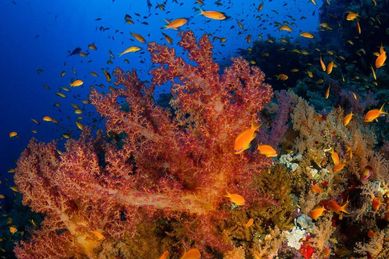
Elphinstone
20-40 M What you can expect to find
This long finger like reef runs from north to south in the open Red Sea. Steep walls drop to the depths on the reef’s east and west sides, while the north and south ends of the reefs are marked by submerged plateau. Sharks often swim by the spot to feed on the abundant reef fish population.
_s_3023c_lg.jpg)
SS Thistlegorm
18-35 M What you can expect to find
The SS Thistlegorm is a remarkable wreck dive that offers a glimpse into the history of World War II. This British cargo ship was carrying a variety of military equipment, such as tanks, trucks, motorcycles, rifles, and even locomotives, when it was attacked by German bombers in 1941 and sunk in the Red Sea. The wreck lies at a depth of 14 to 30 meters, and is well preserved by the clear and warm water. Divers can explore the exterior and interior of the ship, and marvel at the intact artifacts that are still visible after more than 80 years. The SS Thistlegorm is also home to a rich marine life, including lionfish, barracuda, shrimp, and sometimes even dolphins and turtles. The SS Thistlegorm is one of the most famous and popular dive sites in the world, and attracts thousands of divers every year. It is recommended to dive the wreck as part of a liveaboard trip, as it can take several hours to reach the site from the shore.
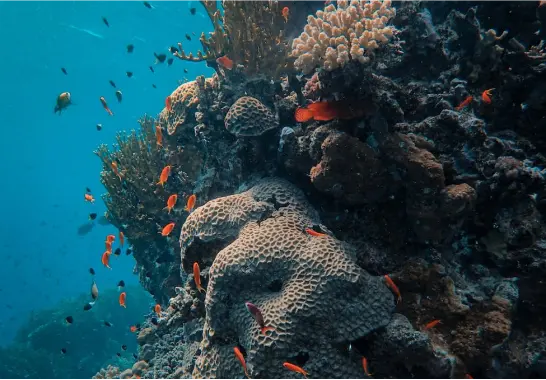
Chrisoula K
4-27 M Chrisoula K
The Chrisoula K is a popular wreck dive site in the Red Sea, located on the north-eastern side of Abu Nuhas reef. The ship was a Greek cargo vessel that sank in 1981 after hitting the reef while carrying a load of over 3,000 tonnes of Italian floor tiles. The tiles gave the ship its nickname, the “Tile Wreck”. The ship was 98 meters long and 15 meters wide, and had a single diesel engine that gave it a maximum speed of 13.5 knots. The wreck lies in a fairly upright position at the base of the reef, with the bow embedded in the coral and the stern keeled over almost completely onto its starboard side. The depth ranges from 4 meters at the bow to 30 meters at the stern. The visibility is usually good and the current is mild. The wreck offers a variety of diving experiences, from exploring the exterior and admiring the marine life, to penetrating the interior and seeing the engine room, the cargo holds, and the tiles.

Giannis D
4-28 M Giannis D
The Giannis D is a popular wreck diving site in the Red Sea, located near the reef of Abu Nuhas. The ship was a cargo vessel that ran aground on the reef in 1983 and broke into two sections. The bow and the stern are still intact, while the middle part is a jumble of steel and wood. The wreck lies on its port side, with the depth ranging from 10 to 28 meters. Divers can explore the bridge, the engine room, and the accommodation areas of the ship, but they should be careful of the disorienting angle and the possible currents. The Giannis D is home to a variety of marine life, such as moray eels, lionfish, scorpionfish, batfish, and barracuda. The wreck is also very photogenic, especially the stern section with its A-frame and funnel. The Giannis D can be reached by day boats from El Gouna or Hurghada, or by liveaboards touring the northern Red Sea. The dive site is suitable for advanced divers who have experience in wreck diving.

Salem Express
12-30 M Salem Express
Die Salem Express ist ein Tauchplatz, der einen Einblick in eine tragische maritime Geschichte bietet. Die Salem Express war eine Fähre, die Pilger von Saudi-Arabien nach Ägypten beförderte, nachdem sie Mekka besucht hatten. Am 17. Dezember 1991 prallte die Fähre auf ein Riff und sank schnell, wobei Hunderte von Menschen ums Leben kamen. Die genaue Zahl der Opfer ist nicht bekannt, aber die Schätzungen reichen von 470 bis 1000. Das Wrack liegt auf der Steuerbordseite in der Nähe des Hyndman-Riffs in einer Tiefe von 12 bis 30 Metern. Die Salem Express ist ein großes Wrack mit einer Länge von 100 Metern, für dessen Erkundung mindestens zwei Tauchgänge erforderlich sind. Im Wrack befinden sich noch Autos, Gepäck und persönliche Gegenstände der Passagiere, was den Tauchgang sehr emotional und respektvoll macht. Das Eindringen in das Innere des Wracks ist verboten, da es als maritime Grabstätte gilt. Es gibt nur wenig Korallenbewuchs und Meeresleben am Wrack, abgesehen von einigen Zackenbarschen, Doktorfischen und Krokodilfischen. <br/>

Gotat Abu Galawa
9 -16 M Glass fish, Big groupers and Angels fish
Reef with a sandy bottom from a side and rocks ( Corals Pinnacles ) mountains from the other. <br/>You can find some ergs outside the reef.<br/>

Shaab Sabina
6 -14 M Hard and soft coral
Ben El Gebal means “between the mountains” in Arabic. Situated between the Big and the Small Giftun you can explore 4 famous dive spots named: Shaab Sabina, Shaab Torfa, Banana reef and Erg Sabina.

Ras Mohammed
15-40 M What you can expect to find
Ras Mohamed Reef is a coral reef system that is part of the Ras Mohamed National Park, a protected area in Egypt at the southern tip of the Sinai Peninsula. The reef is home to a rich diversity of marine life, including over 1,000 species of fish and hundreds of species of coral.

Gubal
30-30 M What you can expect to find
Entry takes you straight to a sand eel garden, which you must approach with care in order to prevent the eels hiding under the sand. There is a lot of life here including thousands of tiny fish in the water near the reef, octopus, clownfish, parrotfish, and butterfly fish.

Elphinstone
20-40 M What you can expect to find
This long finger like reef runs from north to south in the open Red Sea. Steep walls drop to the depths on the reef’s east and west sides, while the north and south ends of the reefs are marked by submerged plateau. Sharks often swim by the spot to feed on the abundant reef fish population.

Marine Life
Red Sea is a treasure trove for wreck enthusiasts and wide variety of marine life.
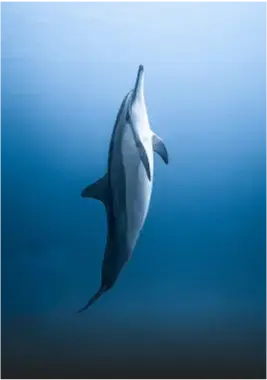
Dolphins
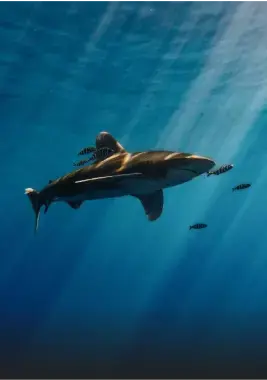
Sharks
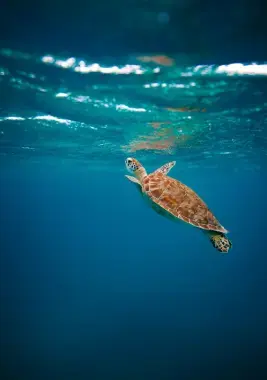
Turtles
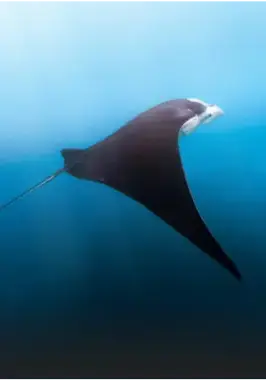
Manta Rays
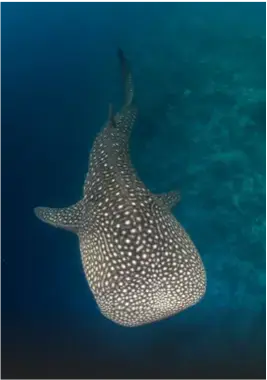
Whale Shark
